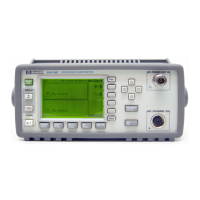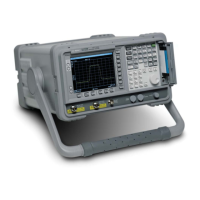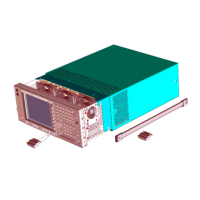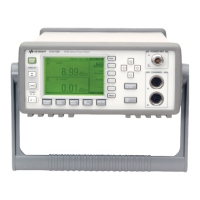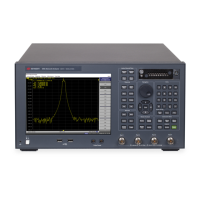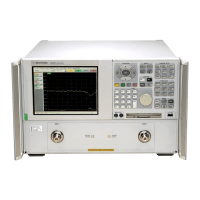12 Chapter 1
Introduction and Measurement Theory
Fault Location Measurement Theory
How the Analyzer Converts Frequency Data to Distance
Data
Fault-location measurements are single-ended measurements, meaning that only one
end of a cable under test need be connected to the analyzer's RF OUT test port.
This type of measurement is generally called a reflection measurement and typically
displays a response commonly known as return loss.
The analyzer performs swept-frequency measurements of return loss versus
frequency, then uses the Fourier transform to convert the response-versus-frequency
to a response-versus-distance. The analyzer's internal computer makes the
calculation by using either the inverse discrete Fourier transform (inverse FFT)
technique or the chirp-Z Fourier transform technique.
The Fourier transform technique is essentially a process of adding the signals
measured by the analyzer in the frequency domain and combining them to create the
fault-location response in the time domain.
The resulting measurement is an error-corrected fault-location response of the cable
under test.
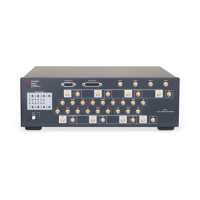
